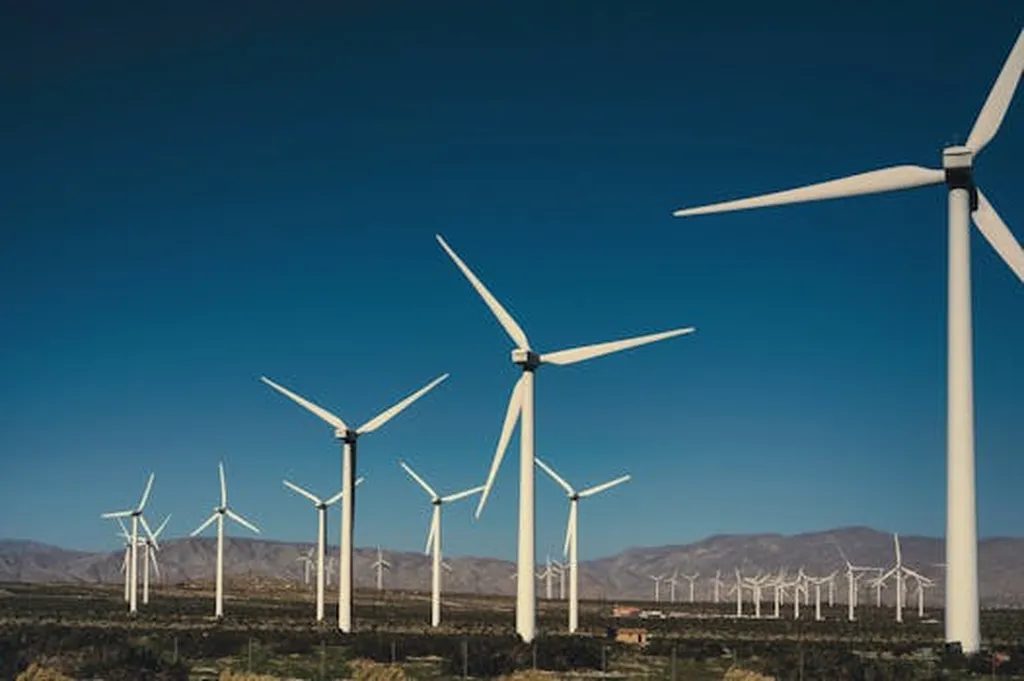Researchers from King Abdullah University of Science and Technology (KAUST), including Peng Wang, Eros Kuikel, Jia Ye, and Mohamed-Slim Alouini, have proposed a novel concept for a stratospheric energy grid that could potentially revolutionize the way we think about power distribution and energy management in the upper atmosphere. This innovative system leverages wireless power transfer (WPT) technology to create a dynamic and resilient network of high-altitude platforms (HAPs) that can generate, store, and distribute energy efficiently.
The proposed stratospheric energy grid addresses several challenges faced by conventional HAPs, such as intermittent power generation from photovoltaic sources, limited energy storage capacity, and high operational demands. By integrating WPT interconnections, the researchers envision a grid layer that enables HAPs to function as dynamically reconfigurable nodes capable of harvesting, buffering, consuming, and transferring energy. This flexibility allows each HAP node to switch roles between energy source, load, and storage based on its energy status and mission requirements, facilitating energy exchange and optimization within the stratosphere.
One of the key advantages of this system is its ability to enable cooperative scheduling among HAPs, allowing surplus energy to be transferred from nodes with excess power to those in deficit. This constellation-level balancing enhances overall energy utilization and operational resilience. Moreover, the stratospheric grid can extend its reach both upward to satellites and downward to terrestrial grids and communication infrastructure, forming a heterogeneous, WPT-mediated interconnection. This cross-domain backup capability further enhances the system’s reliability and efficiency.
The researchers validate their approach through case studies and outline a roadmap for future research directions. The proposed stratospheric energy grid could have significant implications for the energy sector, particularly in areas such as renewable energy integration, grid stabilization, and disaster recovery. By enabling more efficient and resilient energy management in the upper atmosphere, this technology could support a wide range of applications, from enhancing communication networks to providing backup power during terrestrial grid outages.
The research was published in the journal Nature Communications, a reputable source for cutting-edge scientific findings. While the concept is still in the theoretical and experimental stages, the potential benefits for the energy industry are substantial. As wireless power transfer technology continues to advance, the stratospheric energy grid could become a viable solution for addressing some of the most pressing challenges in energy distribution and management.
In summary, the proposed stratospheric energy grid offers a promising approach to overcoming the limitations of conventional HAPs by leveraging WPT technology. This innovative system could enhance energy utilization, improve operational resilience, and support a wide range of applications in the energy sector. As research in this area progresses, the stratospheric energy grid may emerge as a key player in the future of energy distribution and management.
This article is based on research available at arXiv.

